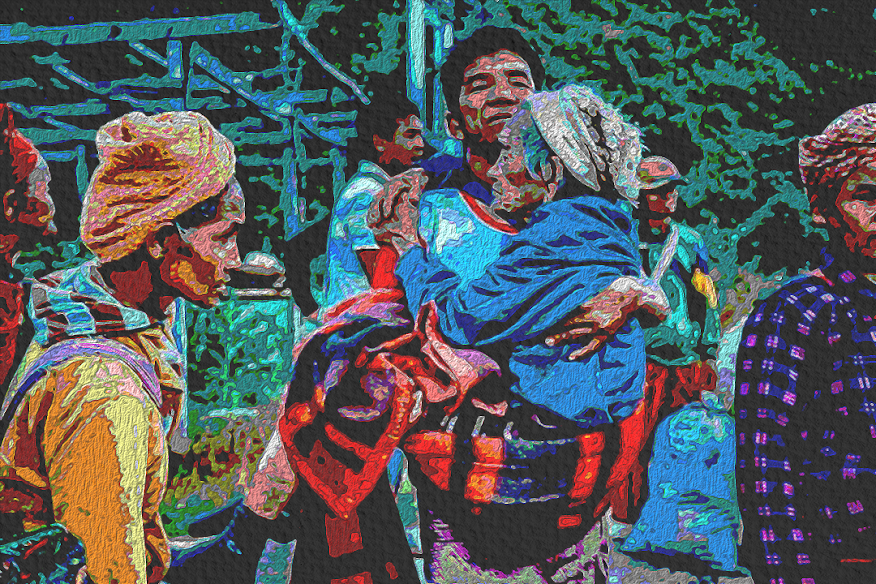Myanmar Spring Chronicle – December 10
MoeMaKa, December 11, 2023
Decades-Long Civil Strife in Myanmar: An Insight into the Future
Myanmar has been ensnared in a civil war for over 70 years, with the flames of conflict flickering through the nation’s history in periods of both intense and sustained strife. The Burman-majority government on the mainland has witnessed the ebb and flow of political parties and leaders, enduring three overt coups and one compelled power handover, marking four instances of power transition. The military, at the helm for over 50 years, has seen a rotation of leaders, engaging in civil war as the central power. Various ethnic armed groups, such as the Communist Party of Burma (CPB), Red Flag Communist Party, patriotic factions, and the National Unity Government (NUG), have emerged and engaged in conflicts with the military. These groups, numbering in the dozens, have formed and reformed across different epochs, with name changes, amalgamations, and separations shaping their trajectories.
The genesis of the civil war can be traced back to the Fasapala era when political forces, driven by leftist ideologies, clashed with the government seen as capitalist. Ethnic armed groups have also emerged, grounded in principles like state autonomy, territorial sovereignty, self-governance, religious freedom, and liberation, sustaining decades-long struggles.
Engaging in armed conflict necessitates not only political trust but also weapons and funds or dissatisfaction. Groups formed without political positions, beliefs, or ideologies risk becoming mere armed brigands. Examples include powerful figures like opium kings Law Sit Han and Khun Sa, alongside smaller groups with ten to a hundred members, operating as militias. These militias, varying in strength, have been utilized by ruling militaries based on short-term or long-term interests.
Not every armed organization involving ethnic groups aligns with political aims; only those with distinct political positions and goals are defined as Ethnic Armed Organizations (EAOs). Initially formed for ethnic development, equal rights, or due to political marginalization, EAOs aimed at achieving equality, self-determination, and true federalism. However, the protracted civil war has witnessed shifts in goals, with some EAOs adjusting their objectives over time.
As the civil war endures, accumulated hatred, resentment, and trauma perpetuate a cycle of conflict. Armed for seven decades, the burden of remaining armed for another 20 years seems acceptable. Initial grievances may no longer be relevant, with those responsible often out of power, and successors not directly accountable for past offenses. This cyclic nature has entrenched Myanmar’s civil war in a seemingly inescapable loop.
The NLD government, in its five-year tenure before February 2021, pursued ceasefire agreements with various parties, even finding common ground with the military. However, following the February 2021 coup, the focus shifted not only to ethnic concerns but also to ousting the military from the country.
Post-coup, the goals of ethnic armed groups extended beyond forming a true federal union. New patterns, themes, and objectives emerged, some leaning towards confederation-level goals and regional independence in economics and administration. Some groups aspire to establish their regions with autonomous armies and leaders. Recent military victories indicate that the objectives extend beyond Union-level success.
As Myanmar grapples with the challenges of nation-building, introspection and preparedness are crucial for charting a collective path forward.

